The plan aims to effectively implement Decision No. 287/QD-TTg dated February 28, 2022 of the Prime Minister on approving the Mekong Delta Master Plan for the 2021-2030 period, with a vision to 2050; develop a roadmap to effectively organize and implement programs and projects to well implement the goals, tasks and solutions of the proposed plan.
Specifically determine the progress and resources for implementing programs and projects to develop policies and solutions to attract social resources in implementing the planning; promote support for the transformation and development of sectors, sub-regions, and localities in the region according to the approved planning.
Establish a framework of implementation results for each stage as a basis for reviewing and evaluating the implementation of the plan; as a basis for considering adjusting and supplementing tasks and solutions to achieve the set development goals.
By 2025, focus on developing 08 key agricultural centers.
One of the key tasks is to develop high-value, high-efficiency agricultural economy.
Specifically, transforming the agricultural production structure in ecological sub-regions. Accordingly, in the period up to 2030, the current production model in localities will be basically maintained; after 2030, transforming the agricultural production structure according to the ecological sub-regions identified in the regional planning, in which the transformation will mainly take place in the saline-brackish ecological region and the freshwater-brackish transition region.
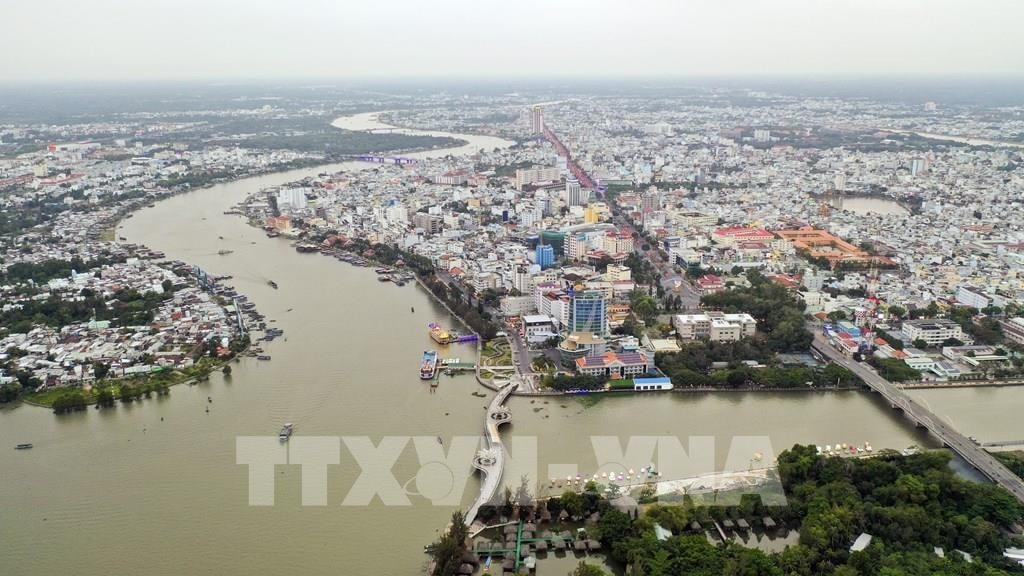 |
Illustration photo: VNA
To support the transition process, it is necessary to focus on building and completing the irrigation system and studying and adjusting the regulations for operating the irrigation system, in which the implementation process is from the outside in, from the brackish-salty coastal area to the transition zone in the middle of the delta. Concurrently with this process is the development and implementation of programs and policy mechanisms to support people in the production transition process, especially supporting people growing 3-crop rice crops to switch to other crops with high economic value and efficiency.
Regarding the development of key agricultural value chains, by 2025, focus on developing 08 agricultural hubs in areas with favorable conditions in terms of infrastructure and water resources, including: A comprehensive hub in Can Tho city associated with the development of logistics services in Hau Giang to support Can Tho city in performing its role as a logistics center of the region. Build 07 hubs with the main functions of collecting, classifying and processing agricultural products, including: 02 hubs in An Giang and Dong Thap associated with freshwater ecosystems (freshwater aquatic products, fruits, rice); 03 hubs in Kien Giang, Ca Mau, Soc Trang associated with aquatic products and 02 hubs in Tien Giang and Ben Tre associated with fruits and vegetables.
By 2030, complete the construction of the system of key centers identified in the regional planning in conjunction with the investment process of synchronous construction of transport and irrigation infrastructure. At the same time, plan and develop agricultural and industrial towns in conjunction with key agricultural centers and strengthen links with the urban system that plays a central role in the region and sub-region to promote training, technology transfer in agricultural production and promote trade, logistics services, and market connection of agricultural products.
Building and effectively developing key raw material areas, focusing on the process of land accumulation to ensure long-term and sustainable service for agricultural and aquatic product processing facilities in the region. In addition, building concentrated raw material areas facilitates the traceability of products to meet the requirements of domestic and international markets; promoting synchronous mechanization of production stages, applying science and technology to minimize production costs, agricultural materials and gradually reduce labor in agriculture. Closely combine the development of raw material areas with the roadmap for developing key agricultural centers and investing in the synchronous construction of transport infrastructure and logistics services.
Promote the application of science and technology in agriculture; improve the quality of agriculture, forestry and fishery products in the Mekong Delta. Specifically, develop and implement the Program for research, training and transfer of science and technology applications in the Mekong Delta, the Pilot Program for smart, sustainable, climate change-adaptive agricultural models in the Mekong Delta, and the Program for applying blockchain to agriculture in the Mekong Delta.
Synchronously and fully deploy appraisal, certification, and post-inspection activities for agricultural, forestry, and fishery food production and trading establishments; digital transformation in the field of food quality, safety, and traceability of agricultural, forestry, and fishery products; promote socialization of food safety testing activities;...
Development of dynamic urban - industrial areas
Developing urban systems, economic zones, industrial parks, and industrial clusters in 04 development corridors and dynamic development areas, focusing on improving concentration and increasing density; developing processing industry and industry serving agriculture, supporting industry, high-tech industry and information technology; electricity industry focusing on developing renewable energy; investing in building inter-regional and inter-provincial transport infrastructure, logistics systems, technical infrastructure of economic zones, industrial parks, industrial clusters and urban areas that play the role of regional and sub-regional centers.
Focus on attracting investment to develop highly competitive export processed products combined with building and developing agricultural, forestry and fishery brands in the Mekong Delta.
Develop and implement plans to train human resources for industrial production in localities in each period; Training cooperation programs between vocational training institutions and enterprises in provinces and cities in the region.
Building a good living environment, attractive destination
Another key task is to build a good living environment and attractive destinations. Specifically, step by step build a system of urban and rural areas, a system of synchronous and modern technical and social infrastructure; improve the quality of education - training, healthcare, and tourism services that are competitive at the national, regional and international levels in Can Tho city and specialized centers in the following urban areas: My Tho, Tan An, Long Xuyen, Rach Gia, Ca Mau, Soc Trang.
In the period up to 2025, focus on investing in new construction and upgrading infrastructure in densely populated areas, development corridors, and dynamic development areas of the region to ensure good access to essential services; prioritize investment in new construction and upgrading of clean water or raw water supply systems in areas with difficult water resources; develop and implement a strategic freshwater reserve program not only for the Mekong Delta but also for the Southeast region; build an infrastructure system for natural disaster prevention and control, protection and development of coastal forests to respond to climate change in the period 2021 - 2030; protect, restore and develop coastal mangrove forests associated with coastal protection.
Develop and implement the Mekong Delta tourism brand development program at international level in terms of agricultural - rural tourism, eco-tourism and marine tourism; develop tourism associated with protecting natural ecosystems and preserving cultural - historical values of the region.
Develop and implement a program to conserve and develop inter-provincial biodiversity corridors in the Mekong Delta, focusing on protecting and developing important wetlands or areas of high biodiversity.
Develop and promulgate the Strategy for flood risk management in the Mekong Delta by 2100 to identify fundamental and long-term orientations and solutions for subsidence, climate change, and rising sea levels, including determining the level of flood prevention and control and the level of protection for different areas across the region./.
dangcongsan.vn





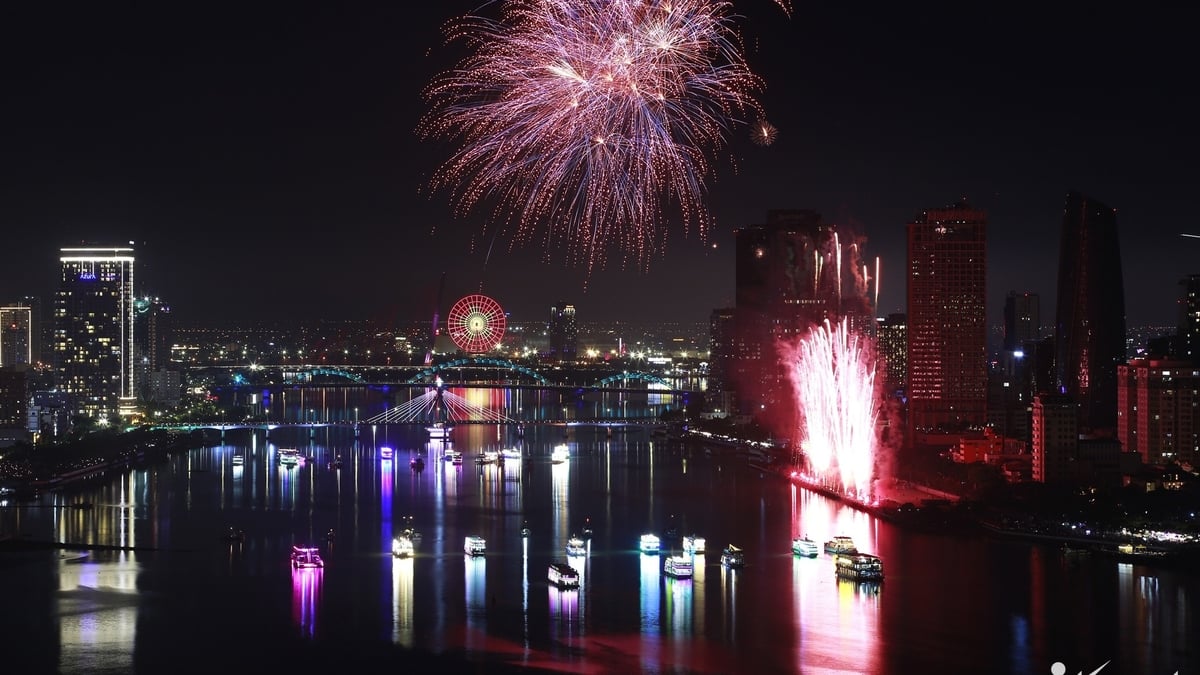






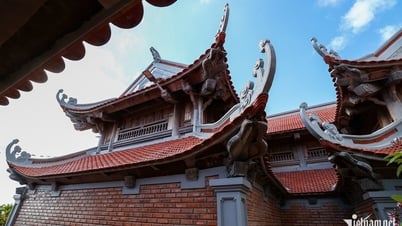




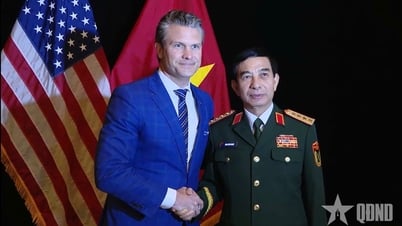





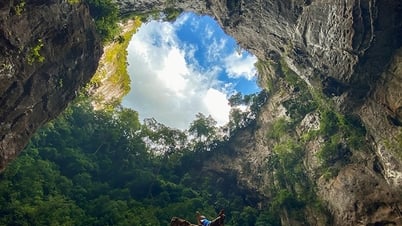
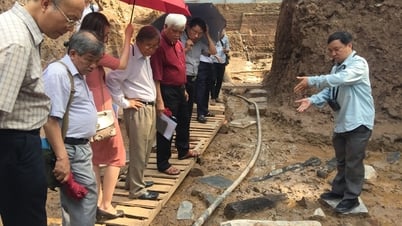
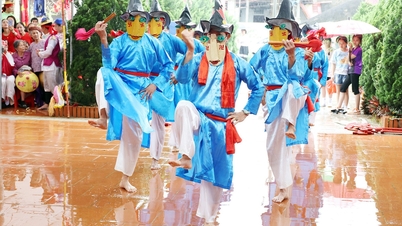
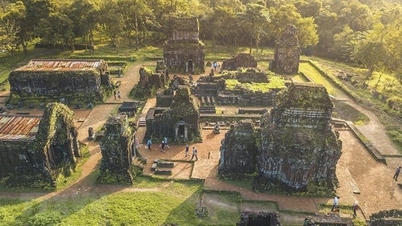
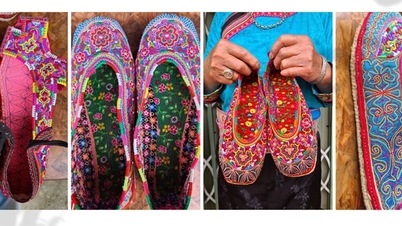









































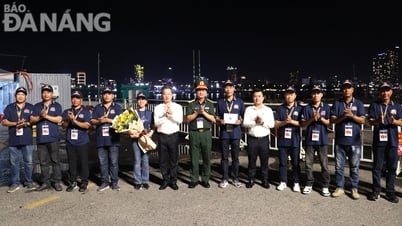











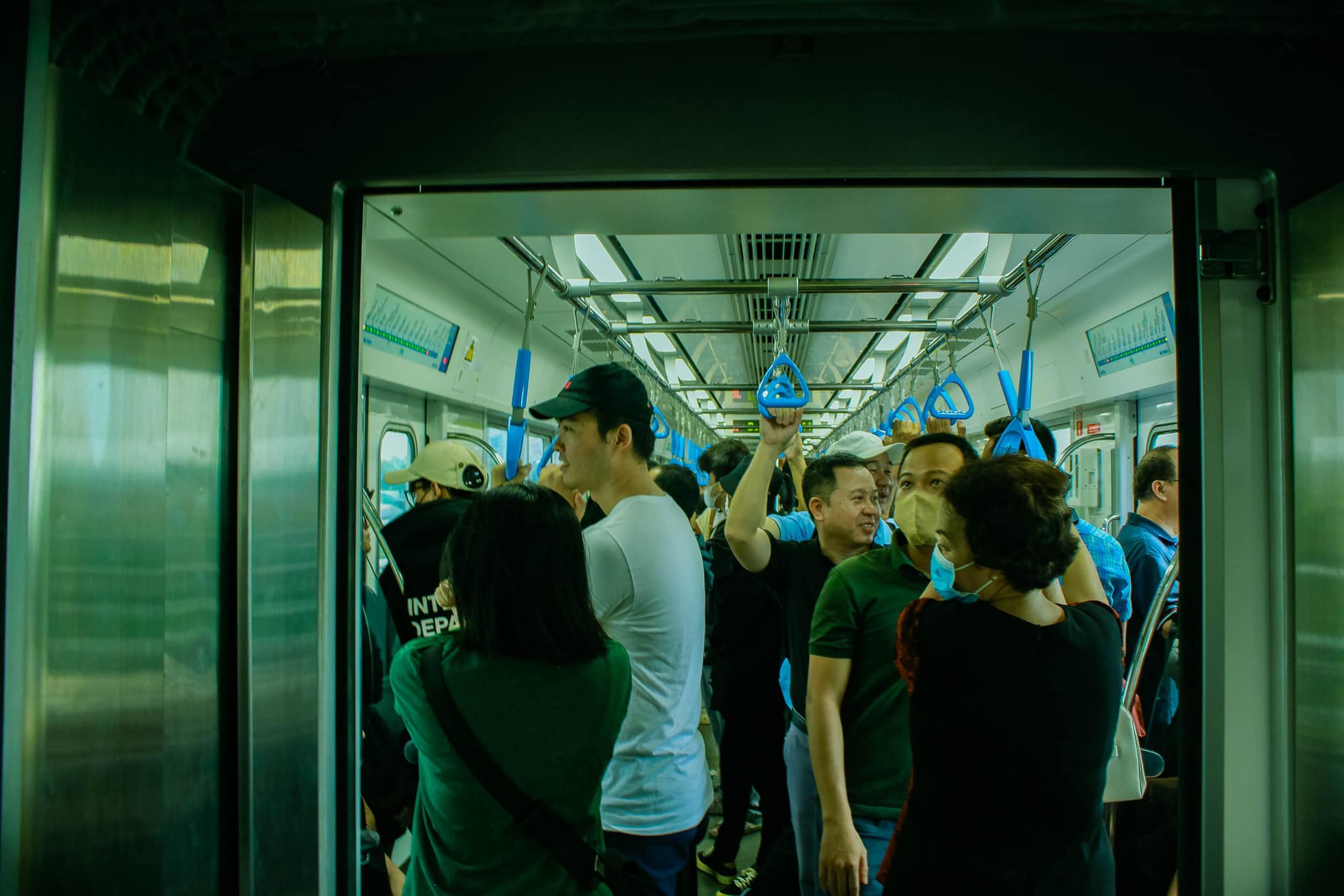



Comment (0)